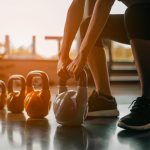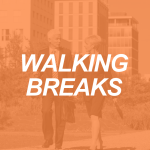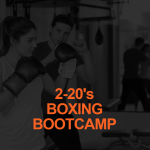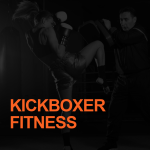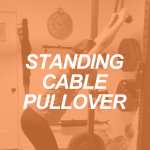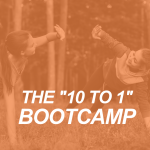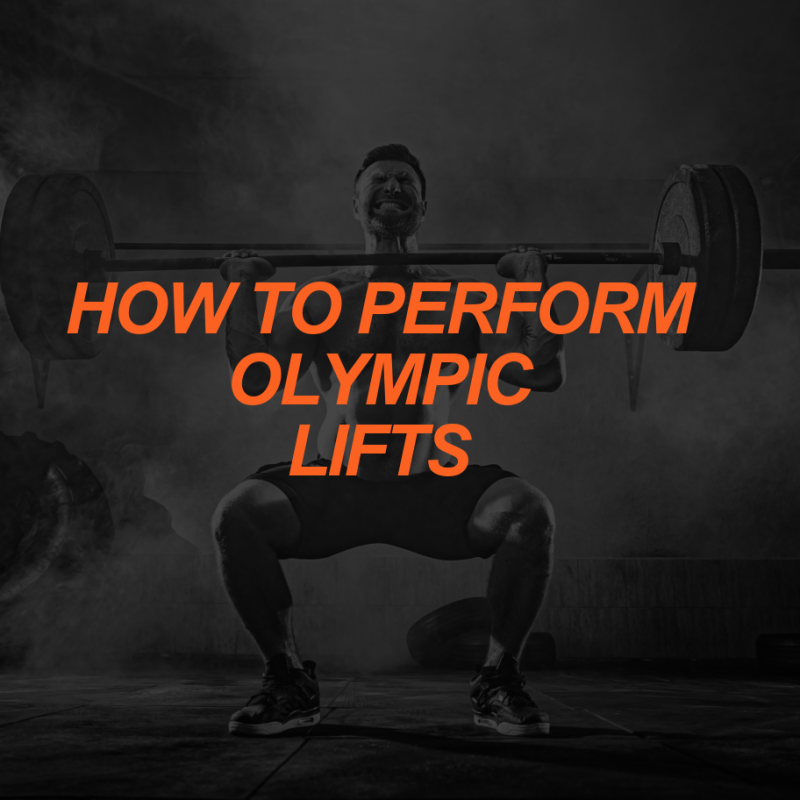

Discovering that Olympic lifting isn’t only for Olympic competitors or elite athletes is important for well-rounded personal trainers. This category of power training can be valuable for all of our fitness clients. Read on to find out how to perform Olympic lifts and properly instruct them to your clients.
Breaking Down the Olympic Lifts
While the lifts themselves seem complex, they are in actuality very simple in terms of human movement. Essentially, all that makes a successful lift is a rapid stand, then sit. One of the most difficult portions of the clean lift, for example, is the “sit-under”. The sit-under is just another portion of a movement that occurs in the kinetic chain; its effectiveness is contingent upon the other phases of the clean being performed correctly in space and time.
While the focus of this post is on a single phase of the clean, a brief summarization of all phases of the lift below is to provide context to our discussion. The clean can be divided into five phases:
1. The Start Position: The athlete positions and sets the body in relation to the bar.
2. First Pull: The athlete breaks the inertia of the bar and brings the body/bar into position for the second pull.
3. The Second Pull: With the barbell above the knees, the athlete applies maximum force to accelerate to the bar.
4. The Sit-Under: The athlete descends to receive the bar on the shoulder.
5. The Recovery: From the receive position, the athlete stands.
To perform the Sit-Under correctly, the athlete must also be proficient with the other phases outlined above. If not, they must continue to practice in order to execute properly.
A common cue used by instructors when performing the snatch, clean, or accessory pulls to those lifts is to pull the barbell as high as you can or to shrug hard. These cues become detrimental to the instruction of the lift by instilling poor physical characteristics in the lifter.
When the focus shifts to the shrug the athlete becomes upper-body centered. This means that the major concentration of the second pull is focused on violent elevation of the shoulders, and the consequence of such deliberate emphasis will direct the forces/energy of the athlete into the upper body, dissociating it from the lower body. Any non-directional (extraneous) forces from the lifter will interfere with the path and speed of the bar. If one purposely tries to shrug longer or harder, either the path of the bar or trajectory of the lift will be affected, as well as reducing the chances of having an effective sit-under.
Directing the energy away from a total body movement will harm the lift in the following ways:
1. Too much time is spent/wasted in the shrugging phase – this causes the arms to stiffen or be too stiff. This will disturb the path or the trajectory of the bar away from the body.
2. As an upper body puller, you can also have too much head and upper body extension which will affect the trajectory of the bar away from the body.
3. When the path of the bar is disturbed, many individuals try to compensate by pulling more with their arms.
All of the above faults will decrease the effectiveness of the sit-under. Here is what to do:
1. Do not shrug the bar; you want to be sure to stay relaxed yet still have tension and stretch in the trapezius.
2. Using the legs, there needs to be more “push” from the lower body. If coaches use the lifts to train explosiveness, use the hips!
3. When done correctly the push will keep the bar close to the body, allowing the athlete to sit under comfortably instead of pulling the bar back into the body. If the clean is performed properly, the athlete will generate the great force necessary to break the inertia of the bar from the floor and maintain a bar path as close to the body as possible.
As the speed of the bar increases in the first pull and is accelerated in the second pull, performer and apparatus becomes one. If a clean is performed properly, the shrug is an extension of the momentum of this body/barbell unit.
Incorporating the “Hang”
For athletes to perform Olympic lifts is an outstanding means to achieve better performance for sport. Many coaches emphasize the “hang” variations of the lift as most beneficial for their athletes to perform in the weight room. The main idea behind performing either of the Olympic lifts from the hang is that it focuses directly on improving the athlete’s hip power.
The hang is in and of itself the second-pull portion of the lifts, and is where the greatest velocity is produced. Olympic weightlifting athletes train with variations of the pull to improve their overall efficacy of performing the lift, however, not exclusively. For athletes in any sport, it is practical and beneficial to perform the lifts in a variety of positions, whether it is in hang or full versions.
To perform Olympic lifts from the hang position, while improving hip drive, works a short range of body position. The ranges of motion and variety of positions that can be trained will allow for a more rounded development of the athlete by strengthening the body to overcome external forces through the entire range of motion. The knowledge and technical background of the coach is ultimately what will determine whether the athlete can properly perform the lift from any position.
Variations as Corrective Exercises
Coaches who attempt to instruct without knowing how to perform Olympic lifts will inhibit the coach’s ability to accurately instruct. This is pertinent to having an individual perform the lifts within a program because there needs to be an understanding of correct body position through “feel”. Will the coach be able to convey proper position and identify limitations in mobility?
Not everyone is capable of performing the correct body position to properly execute the lifts. When this occurs, there are modifications that coaches can utilize to improve posture, mobility, and strength. Preparing an athlete to perform full versions of the lifts or training a fitness client looking to increase mobility and mitigate joint pain can both be accommodated.
Common Problem Areas
The most common problem associated with the correct lift position, with which variant correctives seek to ameliorate, is increasing the mobility of the thoracic spine, shoulder girdle, and hip. The following exercises are useful in developing the needed mobility and motor control to progress towards the full lifts:
Thoracic Mobility
Mobility of the upper back, or thoracic spine, is paramount to perform Olympic lifts. If an athlete cannot properly position their upper-back and glenohumeral joint, the position of the body throughout the lift will never be in its most effective position to transfer forces and support heavy loads overhead. Perform the overhead squat assessement looking for signs of upper body dysfunction (arms fall), and then perform basic thoracic mobility assessments. If found thoracic mobility and lat length is determined to be restricted, prescribe proper release and lengthening techniques such as latissimus dorsi foam rolling and stretching.
Improving strength in this area is necessary for the release and lengthening to remain affected.
Seated wide-grip presses:
This exercise is particularly useful for those who have limited shoulder and upper-back mobility. This exercise forces the individual through a range of motion that they need to improve by stretching and activating the musculature of the areas.
Similar to overhead squats, seated wide-grip presses aid in the development of thoracic mobility in a more difficult position for the athlete; that position being in a descended squat and necessitating greater extension of the upper back so as to maintain a more erect torso while bearing weight overhead.
1. Have the athlete hold a dowel with a snatch grip. (you do not want to load this with weight at first)
2. Holding overhead in a locked position, the athlete will then sit to a designated height maintaining the correct back angle. The height is based upon the mobility of athlete.
3. Once seated, the athlete will lower the dowel to the top of the shoulders and then press up, while forcing the upper back to maintain position.
4. Stand and repeat.
Hip and Ankle Mobility
Even many high-level athletes have difficulty optimally performing full ROM squats due to limited mobility in the hips or ankles. The limited ranges tend to develop the body differently by altering the muscular activation patterns of this region. The overhead squat assessment will help pinpoint whether lower body dysfunction or lumbopelvic hip dysfunction or both are present.
Once major issues are identified, employ the proper corrective work to improve them. For instance, feet that turn out and flatten indicate that calf muscles are short and tight, ankle mobility is not optimal, and is restricting dorsiflexion. Without adequate dorsiflexion, one cannot descent into a full-range squat (sit under position).
Similarly, if the knees cave in (valgus) during the descent of a squat, then it is presumed that the gluteus medius is underactive and hip internal rotators are short and overactive, limiting adequate hip mobility and power.
This is an excellent opportunity for you as the trainer to examine your own shortcomings and overcome them, not only for the sake of your optimal movement, but to learn and properly perform these lifts to better instruct your clients.
Wrap Up
Utilizing the instruction methods above, one can help develop their Olympic weightlifting technique. It is always important, however, to have a highly-knowledgeable coach to provide instruction, and monitor the athlete through training. For those training on their own, keep the information above in mind, and incorporate the necessary corrective exercises during pre-lifting warm-ups ensuring adequate mobility for the lifts.

